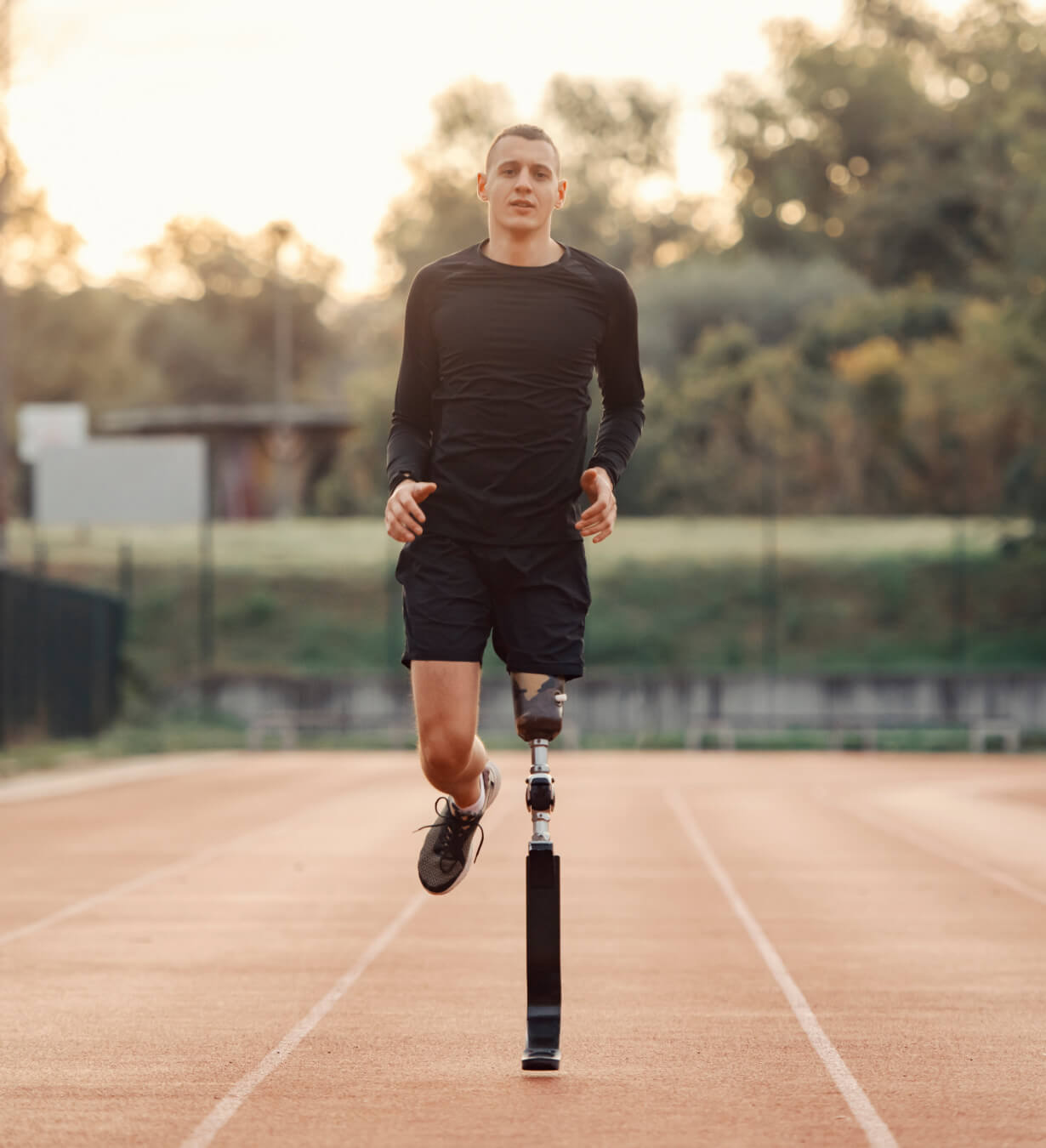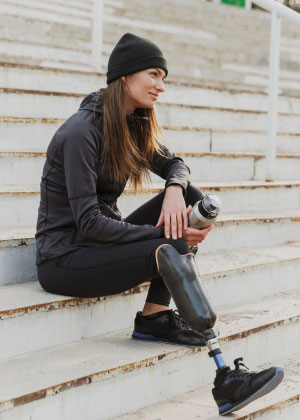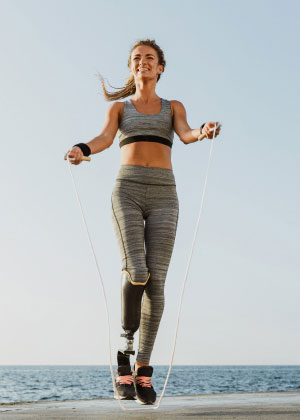This story began in 2002 with a very joyful event. Mary became the mother of twins Jonathan and Anna. However, unfortunately, the double happiness was overshadowed by health problems in the newborn boy. Jonathan was born with aplasia (congenital underdevelopment) of the lower extremities. On the left leg, the baby had only a part of the thigh. It was obvious that such pathology is not treated and the only way of rehabilitation is prosthetics.
Meanwhile, the young mother was going through a real shock. Mary was haunted by painful questions. Why did this happen to her child? Will he be able to live with such an anomaly? Of course, she was insanely hurt and scared. I was afraid of the unknown, complete ignorance of what to do next. But when the first days of absolute confusion passed, Mary decided: Jonathan will grow and develop like a normal child! — Since birth, we have been engaged in swimming, massages and other types of development, — she recalls today. — And as soon as my son turned one year old, I started actively looking for prosthetics. Trying to find what we need, we went through a lot of options. There were different prosthetists, different prostheses, but none could give the main thing — the desired activity, more or less normal and comfortable walking without additional supports and physical suffering of the little man.








